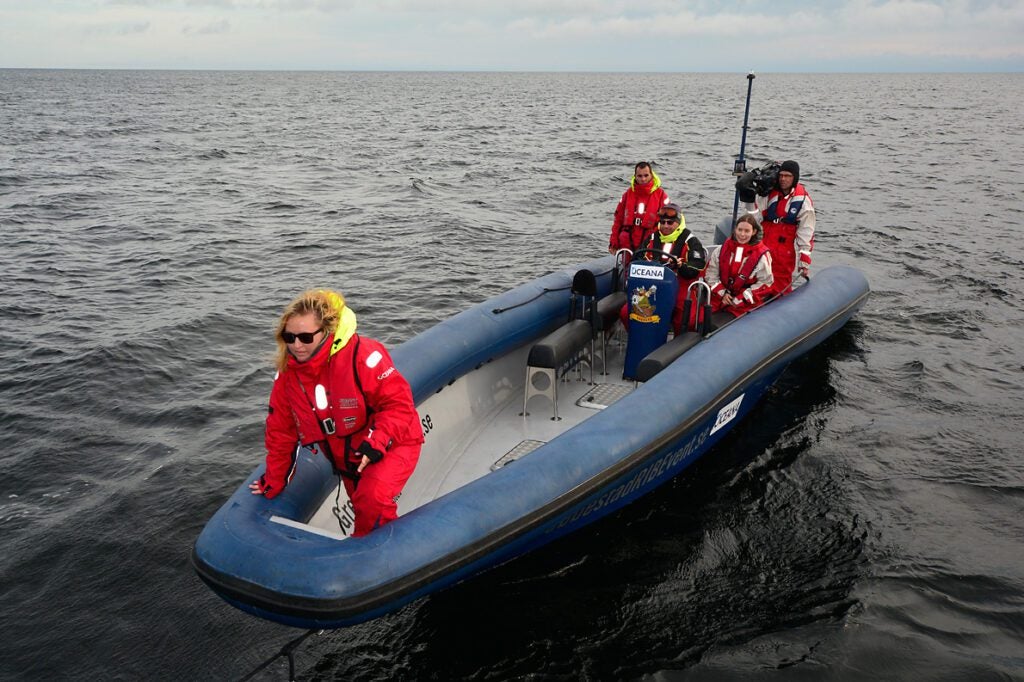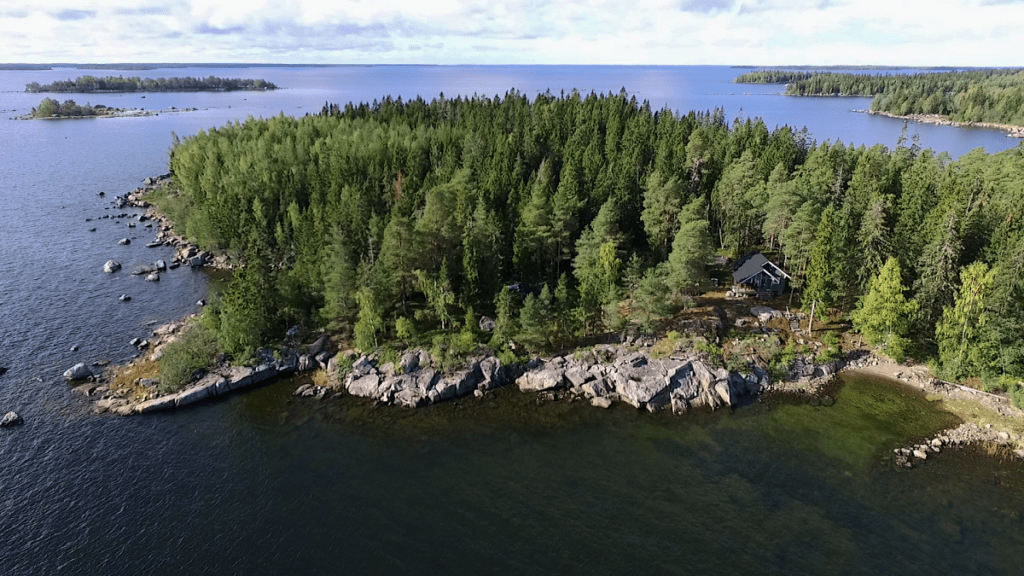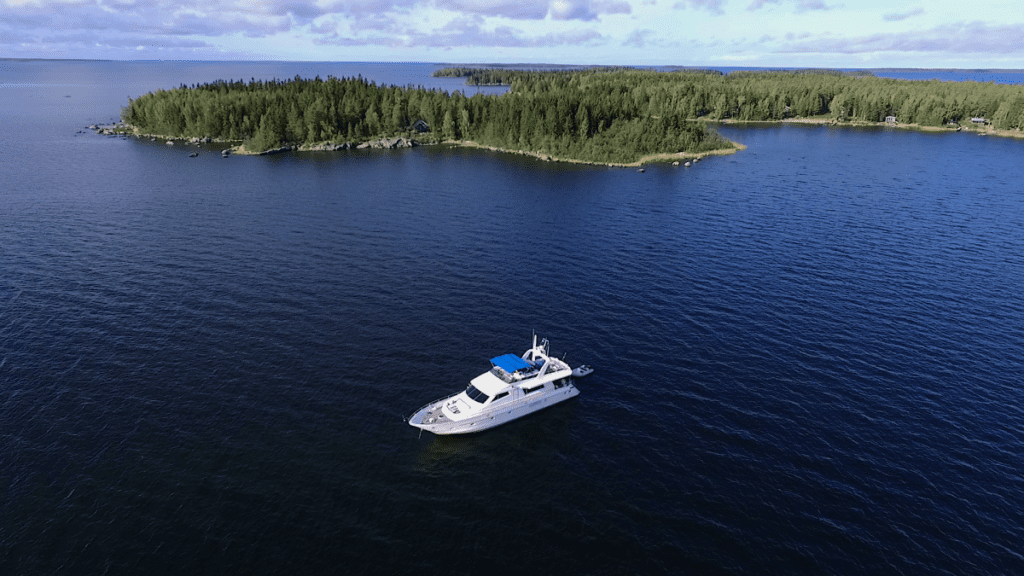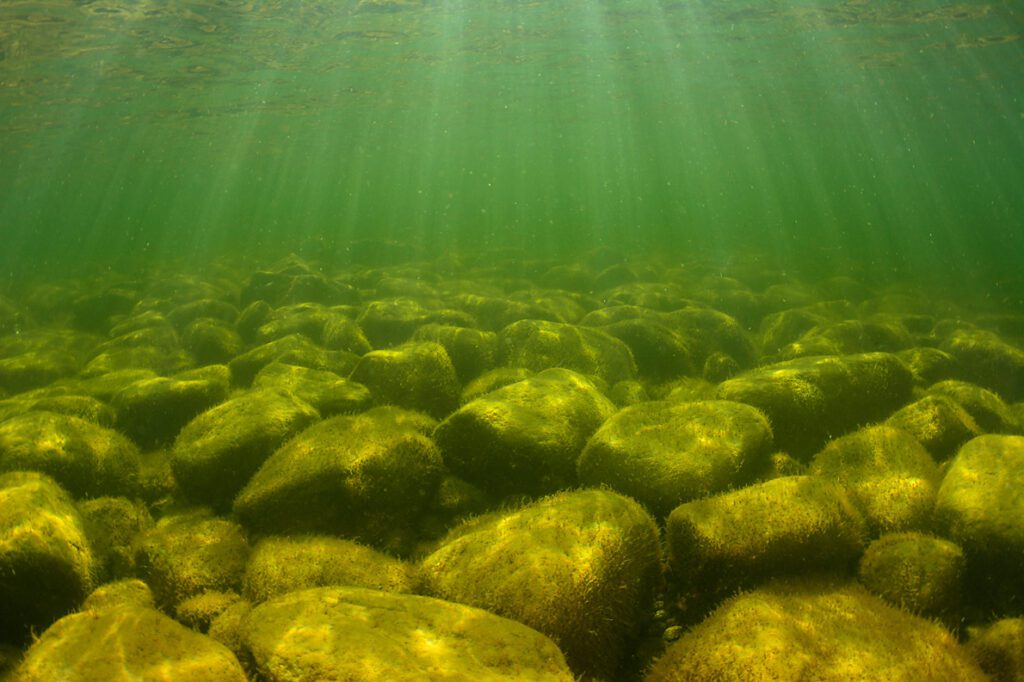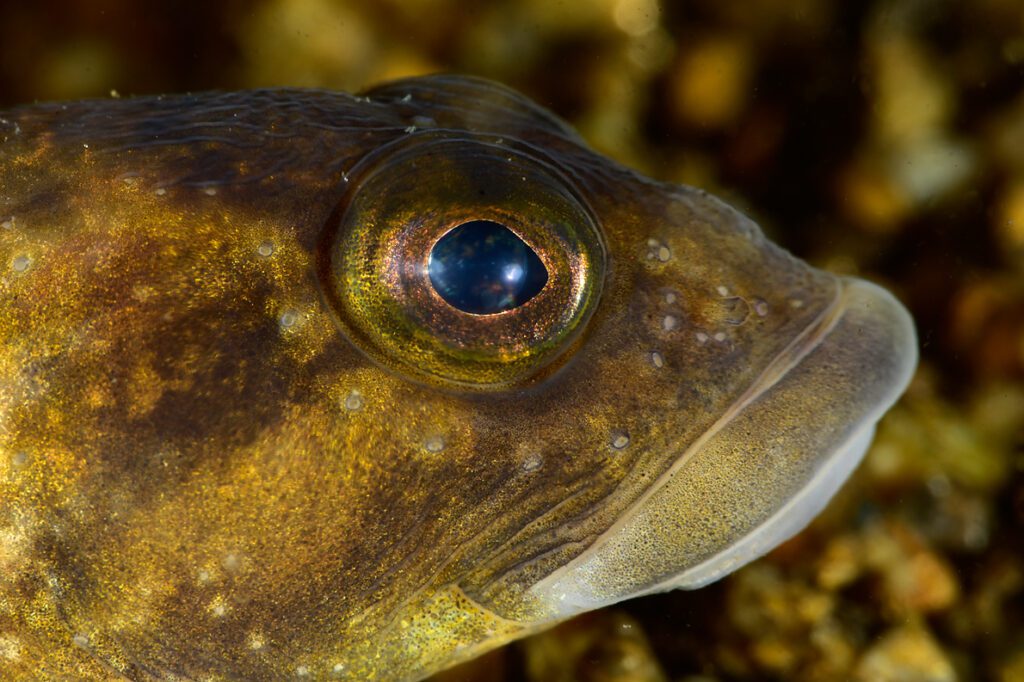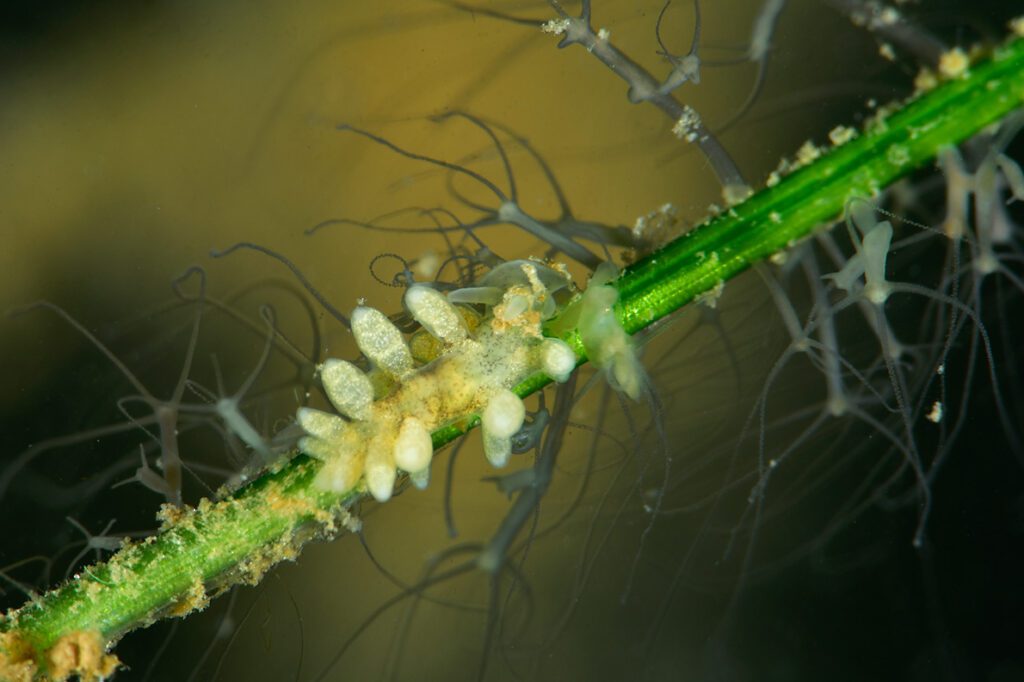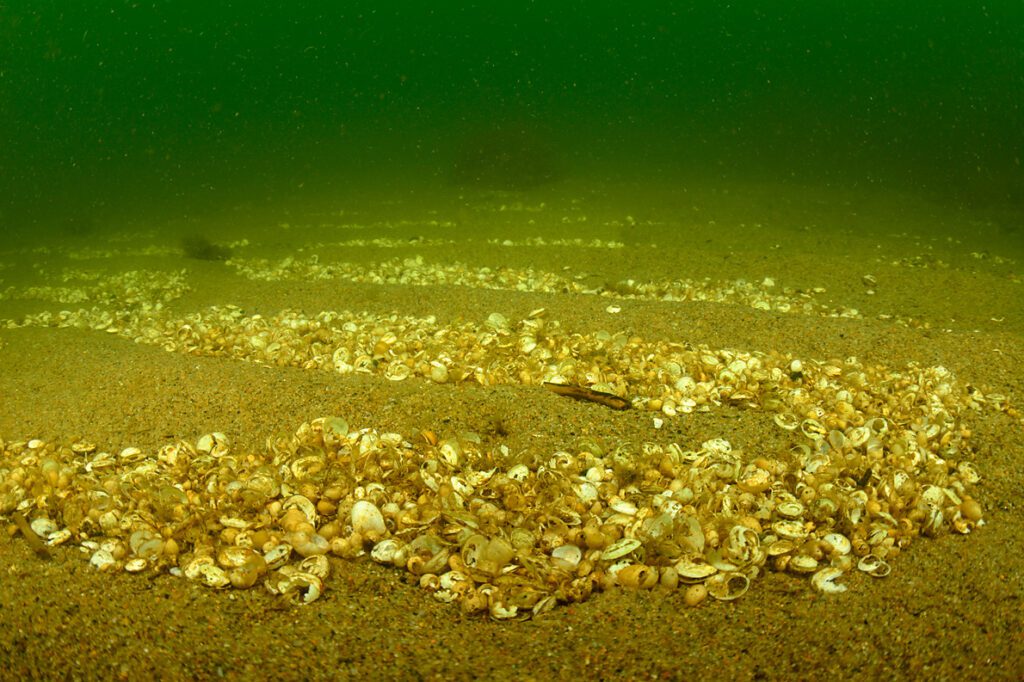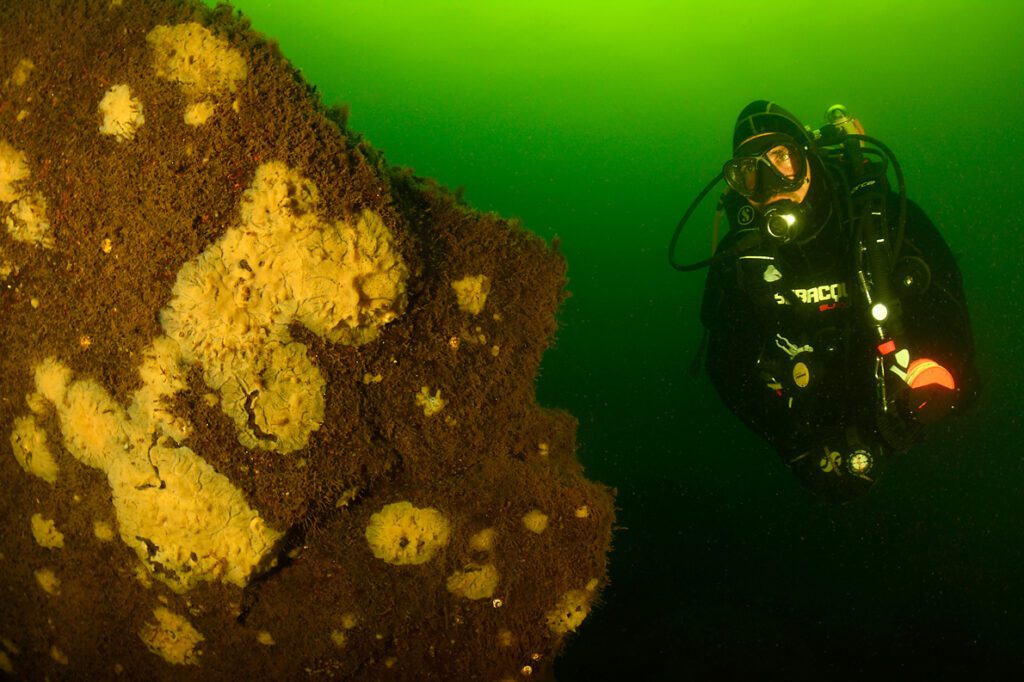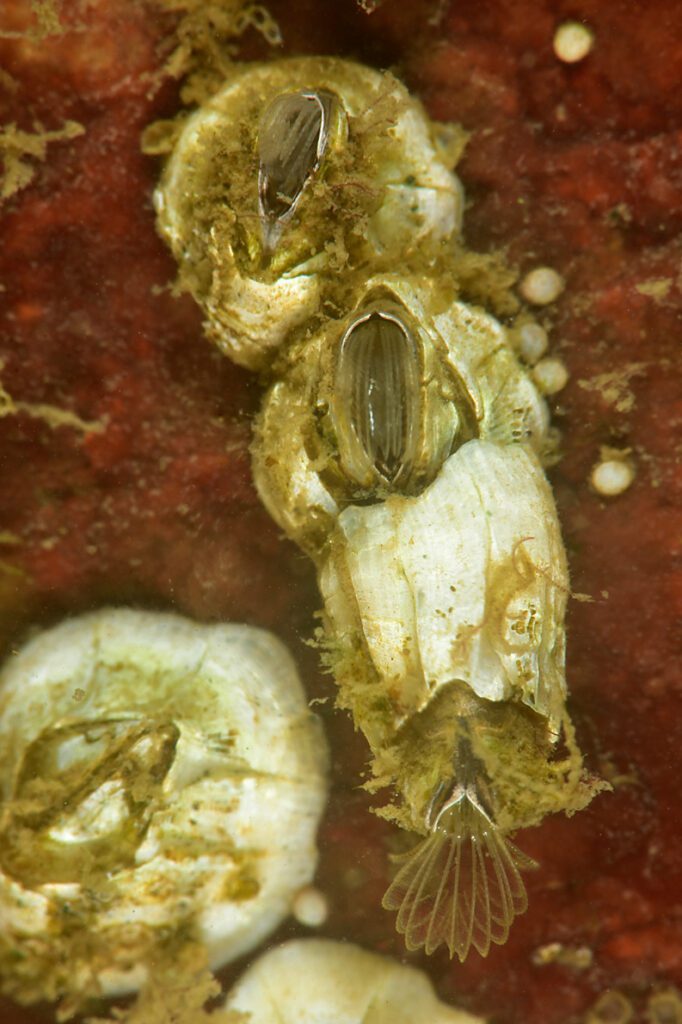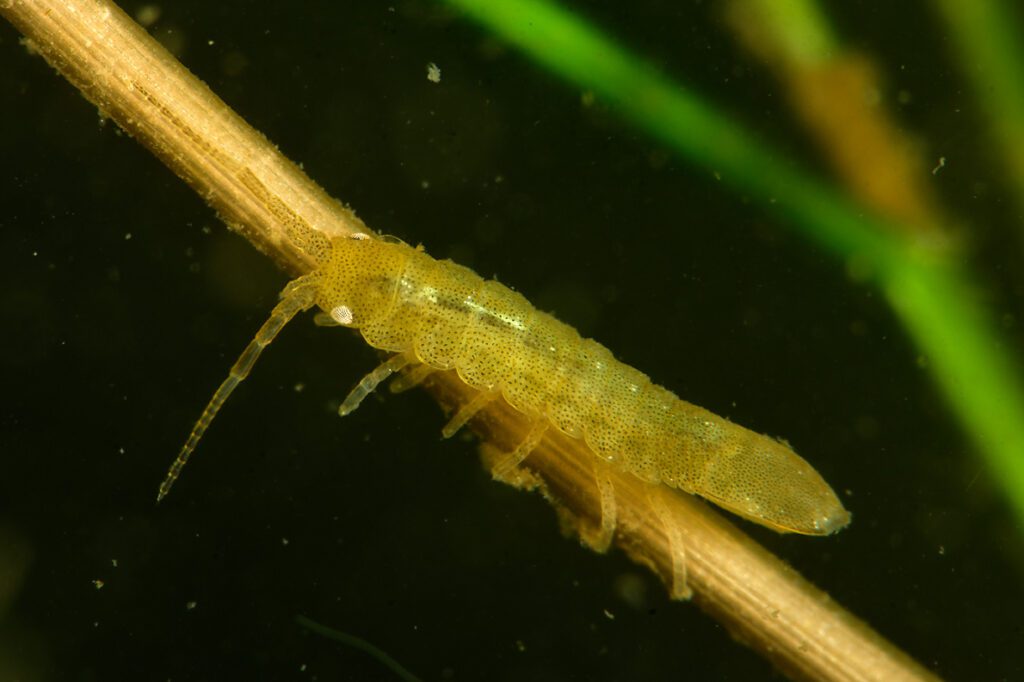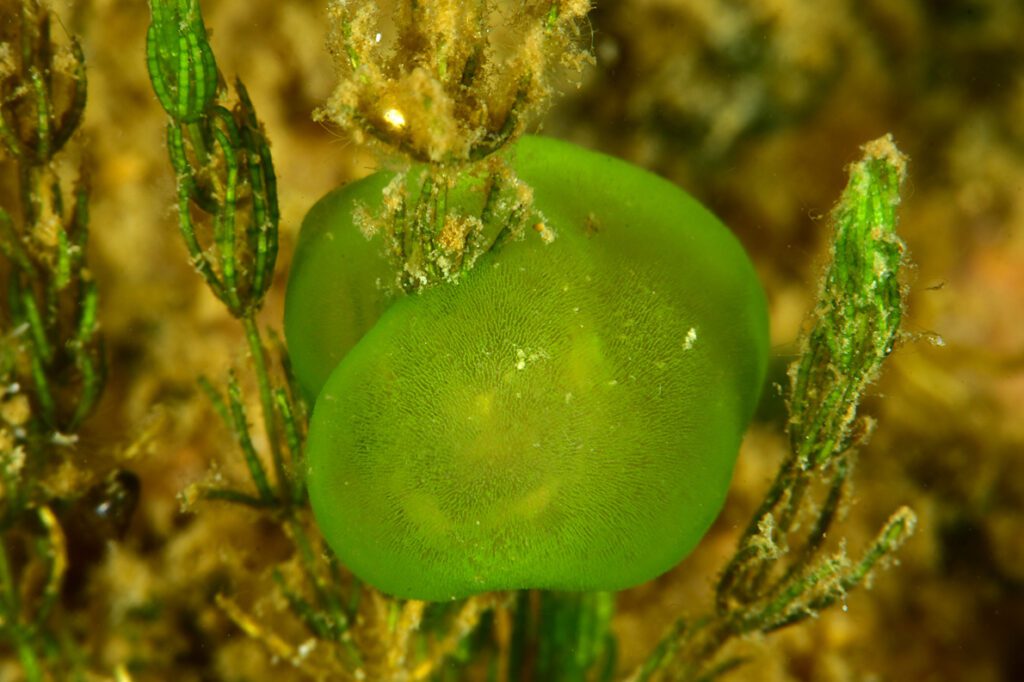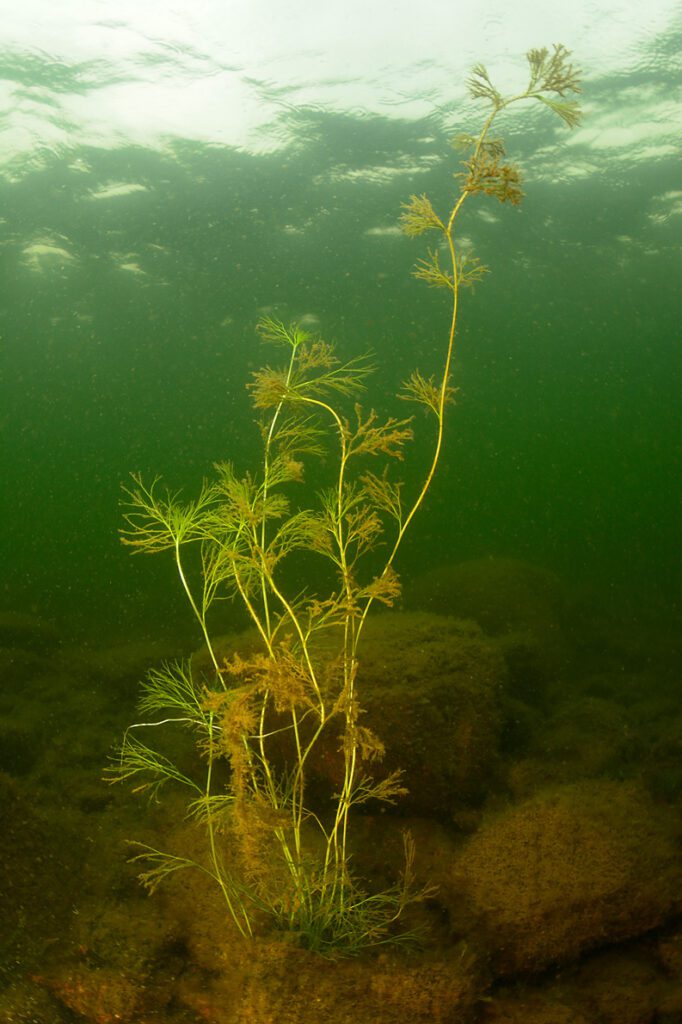Overview
The Quark (also called Kvarken in English and Swedish, and Merenkurkku in Finnish) is a narrow strait in the Gulf of Bothnia that separates Finland and Sweden. The area is one of the few places in the world where land literally “springs up from the sea” due to a process known as land uplift: land, at one time compressed by the weight of thousands of metres of ice during the last Ice Age, has been rising back up at a rate of nearly one centimetre per year.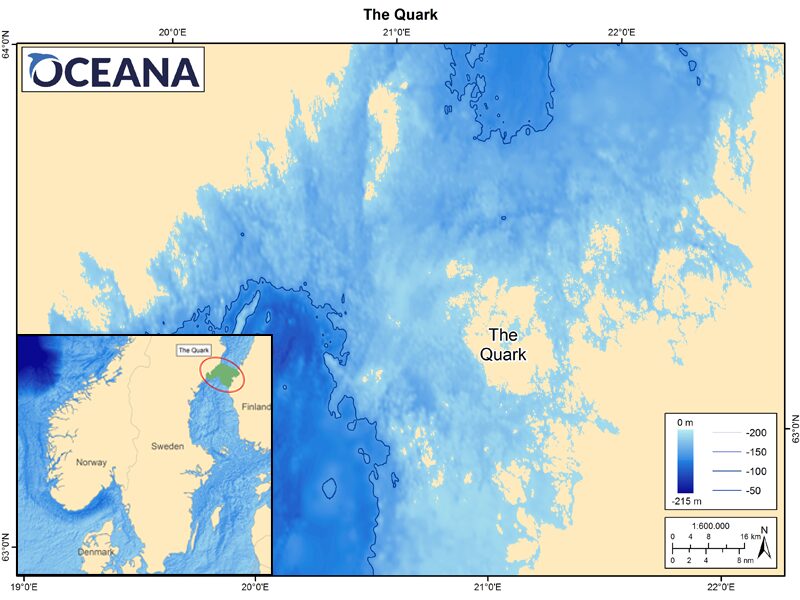
These geological processes have also helped to shape unusual underwater communities in the Quark, characterised by a mix of marine, brackish, and freshwater species, many of which are at the limits of their distribution. Land uplift has also created a steady succession of shallow marine bays that are biodiversity and productivity hotspots for marine life. The Quark provides feeding and breeding grounds for several types of seabirds, is a natural migration route for salmon, and is home to the critically endangered sea-spawning grayling.
Currently, the Quark is primarily recognised for its geological value, with a UNESCO World Heritage site was designated in 2000, and which mainly offers protection to geological features. Although some marine protected areas have been designated in the Quark, these areas vary in their aims, and in the levels of protection they provide to marine life.
Oceana carried out research surveys in the Quark during previous Baltic Sea expeditions in 2011 and 2013, which drew attention to the biodiversity value of the area. Now, Oceana is returning to study the Quark in greater detail. During an 18-day, at-sea research expedition, surveys will be carried out across the archipelago, using a team of professional divers, a remote underwater camera system, grab sampling of the seabed, and a drone.
This work will focus on a combination of areas, to highlight the Quark’s importance for aquatic life, and to provide data from areas where less information is available, such as offshore reefs and banks. The information collected will be used to catalyse the advancement of a transboundary marine protected area (MPA), shared between Finland and Sweden, to help safeguard this remarkable area.
The expedition is funded by a generous grant from the Swedish Postcode Foundation.
Diaries
The Crew
Carlos Minguell
Underwater Photographer
Cristina Urien
Cook
Enrique Talledo
Underwater Videographer
Sergio Losada
Safety Diver
Aimi Hamberg
Marine Scientist
Rubén González
Logistics
Alejandro Blanco
Deckhand
Jorge Blanco
Marine GIS Analyst
Adolfo Luis de Los Rios
Safety Diver
Ricardo Aguilar
Director
Videos

